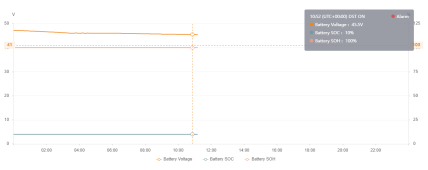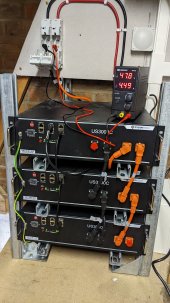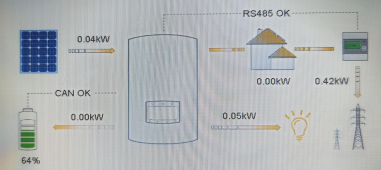jollysoutherner
New Member
- Joined
- Dec 9, 2022
- Messages
- 12
Interesting, post above suggests it can detect export from other PV systems not connected to the hybrid based on the meter exporting.
Batteries in the loft doesn't really work for us from where to put them and not keen on them in the house. Probably easier to connect the loft PV string into the garage inverter and/or add 1600W to the garage roof.
Still confused why it can't pickup the export unless for that part of the control logic to function some form of PV is required on the hybrid input?
Batteries in the loft doesn't really work for us from where to put them and not keen on them in the house. Probably easier to connect the loft PV string into the garage inverter and/or add 1600W to the garage roof.
Still confused why it can't pickup the export unless for that part of the control logic to function some form of PV is required on the hybrid input?





